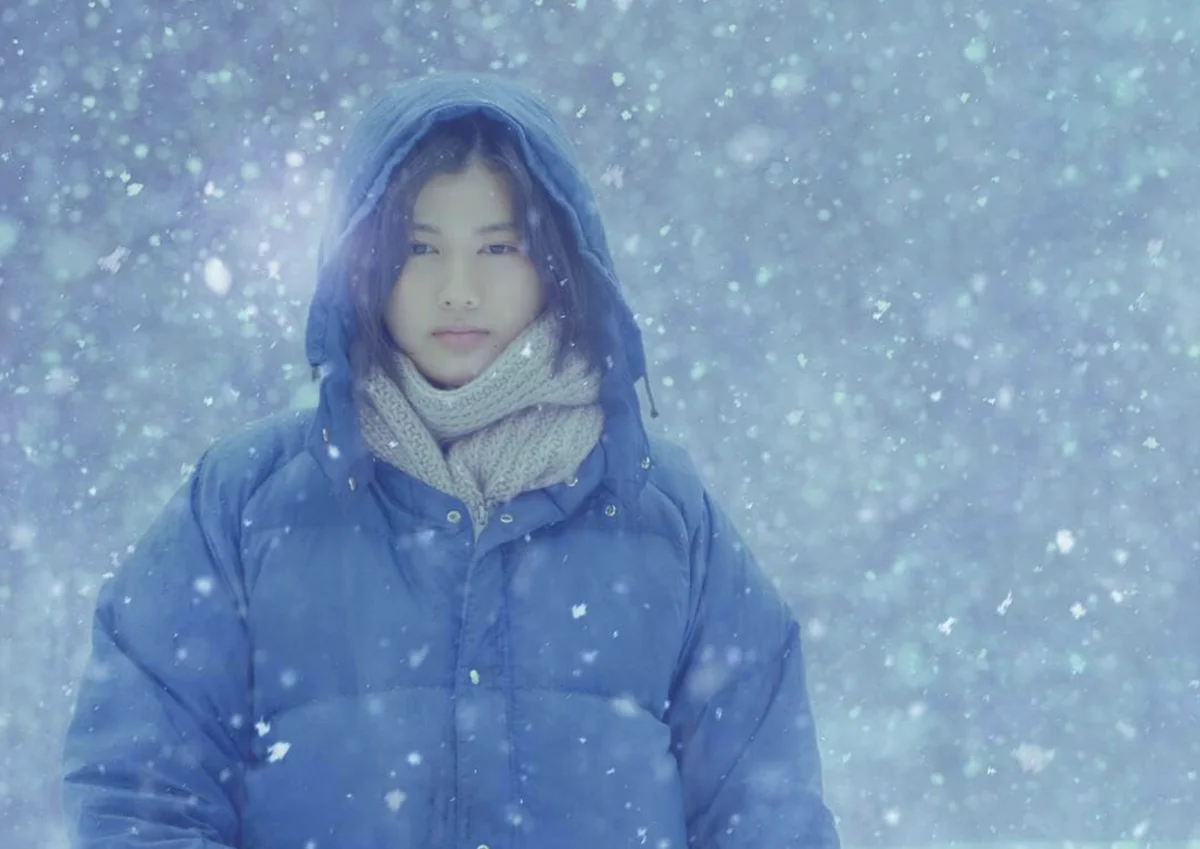
It’s hard to be alone during winter, especially when it seems like everyone else is spending their holiday season with family or friends. However, Ichiko from the Japanese film Little Forest: Winter/Spring helped me learn to cope with seasonal blues through the art of cooking and the comforting effects of food.
Culinary cinema — films connecting cooking with human experiences — may not be a popular genre in Western culture, but I think it's one of the most therapeutic categories of film. Little Forest: Winter/Spring is a sequel to Little Forest: Summer/Autumn. Both films share the same format, using seven dishes to connect the storylines.
Unlike your typical Hallmark movie, Little Forest does not feature a handsome man from a small, rural town teaching an uptight businesswoman the true meaning of Christmas.
Ichiko, the protagonist and chef of all the amazing dishes, used to live in a big city. She struggles to find her place in the world and hits a quarter-life crisis. So, she decides to go back to her small hometown Komori (Little Forest), where she used to live with her late mother, hoping to regain energy from nature.
The movie starts with a flashback of Christmas spent with her mother when Ichiko was a child. When Ichiko makes a huge fuss over the family never celebrating Christmas, her mother makes a rectangular loaf of Christmas cake with white fresh cream on the outside. When her mother cuts the cake, Ichiko is surprised by how the slice reveals seasonal shades of red and green. The scene never fails to bring a smile to my face.
She uses cooking as a way to commemorate her mother, and in the process she finds comfort. Ichiko has to be very self-sufficient in the small town. Every dish she cooks is made entirely from scratch — she even grows and cultivates all her ingredients. She explains how she grows red beans, horsetails, bok choy buds and wheat, connecting each plant to an anecdote or feeling.
Ichiko is happy with her little wooden cabin, until one of her friends burst her bubble.
“It's really impressive that you've been giving it your all by yourself with things,” he says. “But it somehow feels like you've actually been averting your eyes from the main point of it all. And in order to hide that fact, and to fool yourself, I feel like you're trying so hard at all those different junctures as a way to make up for it. In reality, that's just running away, right?”
The cooking of the dishes and the growing of the ingredients are ways that Ichiko distracts herself from needing to find a sense of belonging in this world. Although food might only be a temporary cure from reality, it is one of the small things that keeps us moving forward.
Ichiko does not directly answer her friend’s question, instead describing the storm that always comes at the end of winter: “On that day, there is a raging tempest, as snowstorms and spring light rush about, switching places. It's clearing up again. I saw the sky split completely into two between pale light and dark clouds. It's just like me.”
These few lines summarize the thoughts that I always have at the end of the year. Am I in the right place at this time of my life? Where do I truly belong? When the slowness and quiet of winter takes over and a busy schedule, loads of tasks and endless to-do list are no longer distractions from reality, I realize how worn-out and confused I feel.
Even though Little Forest is not a typical, happy-go-lucky holiday movie, it allows other emotions to come to the forefront, reminding us to slow down, take care of ourselves and remember the healing effect of nature and food.

